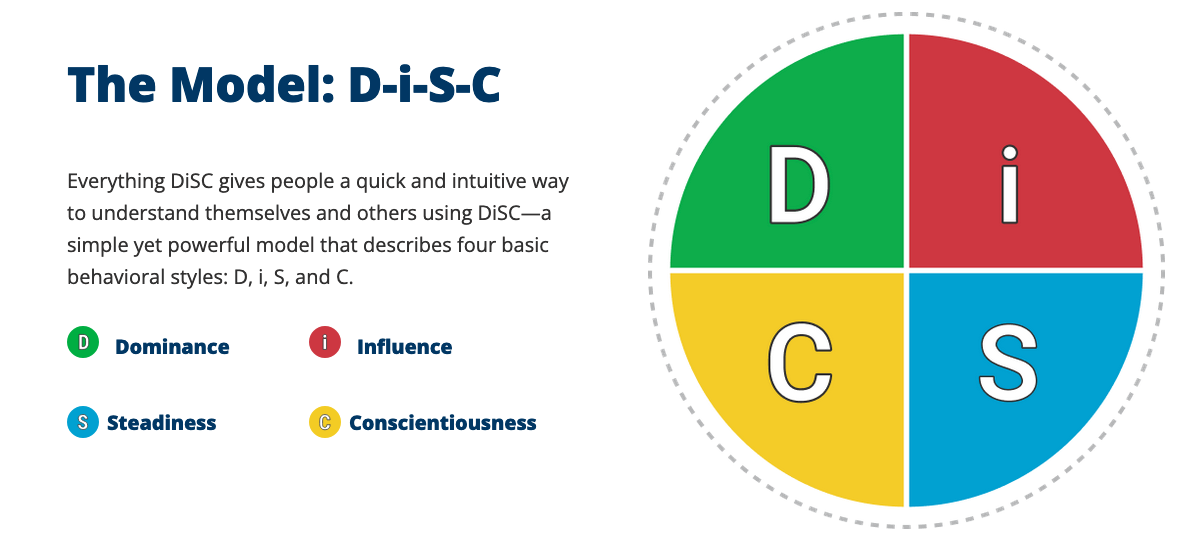The six facets of effective listening are key skills associated with personal sales, but which are helpful in many areas of life. They are: pay attention, monitor non-verbal communication, paraphrase and repeat, make no assumptions, encourage to talk and visualize.
Summary by The World of Work Project
Six Facets of Effective Listening
The six facets of effective listening are a simple set of six things that individuals can do to become better listeners. When used together they will help individuals really understand the messages that are being communicated to them, as well as helping them build relationships with the people they are communicating with. So, to get better at effective listening it’s important to focus and concentrate throughout your conversations, something that many people fail to do.
The six facets of effective listening are: 1) paying attention, 2) monitoring for non-verbal communications, 3) paraphrasing and repeating back, 4) making no assumptions, 5) encouraging the communicator to speak and, 6) visualizing the message you’re receiving. We consider each of the facets in turn below.
1 – Paying attention
The first facet of effective communication is to fully commit to paying attention. To do this well you need to listen with the intent of fully understanding, as opposed to rushing to reply. You need to let the person you’re communicating with finish what they have to say before you start contributing to the conversation yourself.
2 – Monitoring for non-verbal communications
The second facet of effective communication is to constantly and effectively monitor the non-verbal communications you are receiving. These are often more informative than the words you receive.
When monitoring non-verbals you should always be checking whether they align with the verbal messages you’re receiving. If they do not, then something is amiss in the conversation.
3 – Paraphrasing and repeating back
The third facet of effective communication is to ensure that you play back what you’ve heard to the person you’re communicating with in broadly their own language. If you do this, you demonstrate that you’ve been accurately listening and understanding what they have been saying. Paraphrasing and repeating back confirms a mutual understanding, and it also helps to build the relationship with the person you’re communicating with.
4 – Making no assumptions
Assumptions cause many problems and should be avoided at all costs. When you’re communicating with someone, it’s important to ensure that you’ve covered all aspects of a conversation. You should ask questions to ensure that the communicator has covered all the relevant areas. If you find yourself making any assumptions, you should validate them.
5 – Encouraging the communicator to speak
The more the person you’re communicating with speaks, the more information you garner from them. While they are speaking you’ll pick up facts and content, but you’ll also pick up emotional nuance and body language, which is equally helpful.
When communicating, you should seek to help others speak by asking relevant and helpful questions, by providing affirmative messaging such as nodding, smiling, saying “yes”, ”go-on” and by adopting open body language.
6 – Visualizing the message you’re receiving
It’s important to keep your mind on the message throughout your conversation. The clearer you are of what the person you’re communicating with is trying to get across, the more aligned you’ll be with their frame of mind and the more effective you’ll be at both listening and communicating. Trying to visualize their message or end state is a helpful tool to ensure you absorb and focus on the key points of their message.
Other Thoughts
Listening is only one part of our engagement with others. We also should think about how effective we are at communicating outwards. The 7 Cs of communication are a good starting point for certain types of communication. Similarly, not all communication is through words and Mehrabian’s Communication Model sheds more light on this.
Other Uses
The six facets of effective listening originate from the world of personal sales. They are, though, hugely useful in many parts of the wider world of work. They’re particularly helpful leaders and managers looking to build relationships, influence or coach members of their teams.
The World of Work Project View
The six facets of effective listening are helpful, basic advice to keep in mind when you’re communicating with someone. They do help ensure that you’re a more effective listener, but none of them are ground breaking.
One helpful aspect of this model is that each of the six facets can be improved through practice.
As with all models related to personal communication and active listening, it’s always important to be natural and yourself with your communications. As soon as people think that you’re trying to use a model of communication on them, their behaviors will change and they’ll start to trust you less. They may not be able to identify why that’s the case, but as a result your communications with them will he harder.
We recommend simply reflecting on the six facets and determining how you could become better at each of them, but not aiming to over-use them in your conversations.
How We Help Organizations
We provide leadership development programmes and consulting services to clients around the world to help them become high performing organizations that are great places to work. We receive great feedback, build meaningful and lasting relationships and provide reduced cost services where price is a barrier.
Learning more about who we are and what we do it easy: To hear from us, please join our mailing list. To ask about how we can help you or your organization, please contact us. To explore topics we care about, listen to our podcast. To attend a free seminar, please check out our eventbrite page.
We’re also considering creating a community for people interested in improving the world of work. If you’d like to be part of it, please contact us.
Sources and Feedback
Ingram, T., 2004. Professional Selling: A Trust-Based Approach. Mason, Ohio: Thomson/South-Western.
We’re a small organization who know we make mistakes and want to improve them. Please contact us with any feedback you have on this post. We’ll usually reply within 72 hours.






